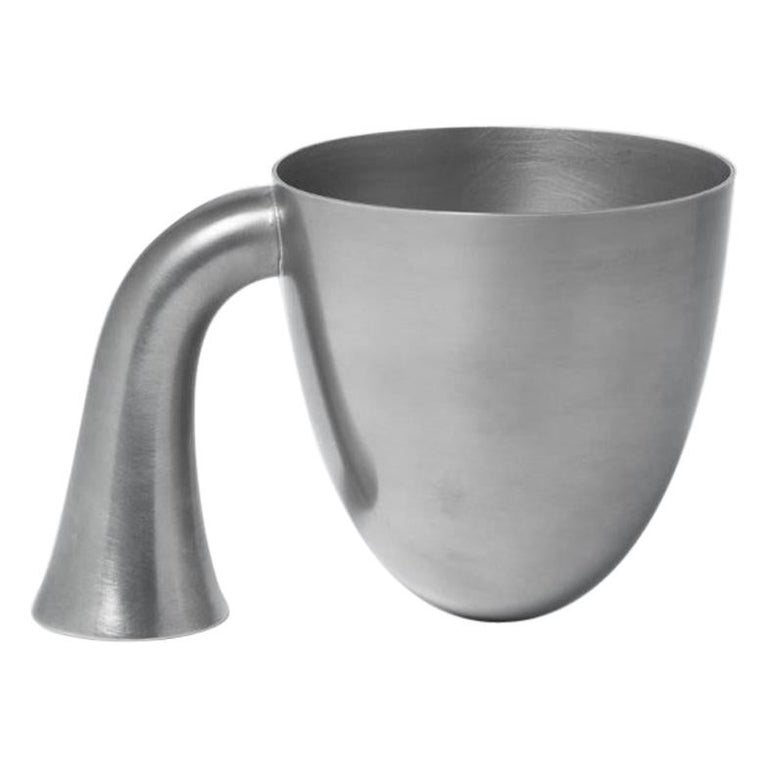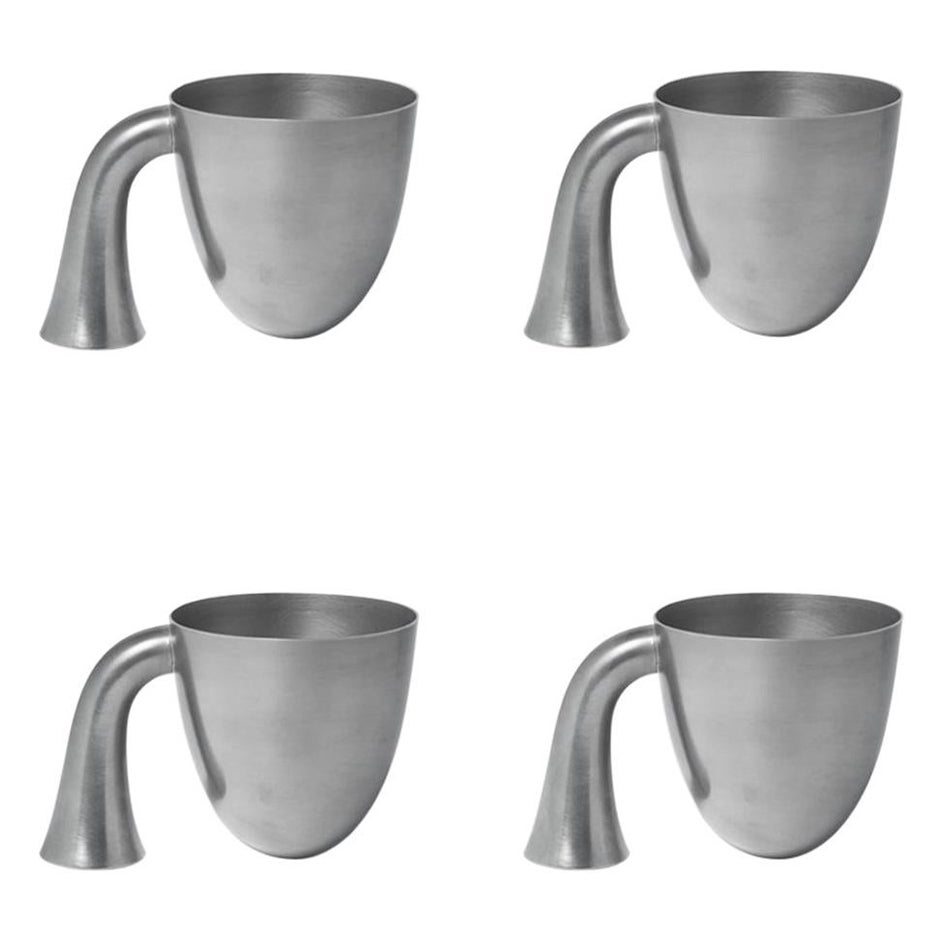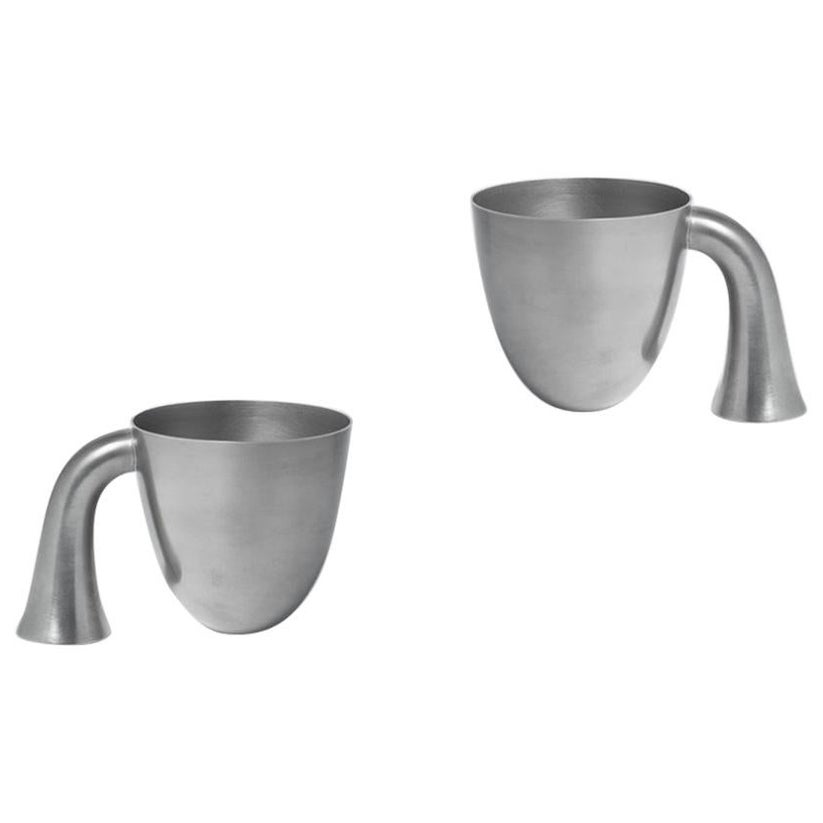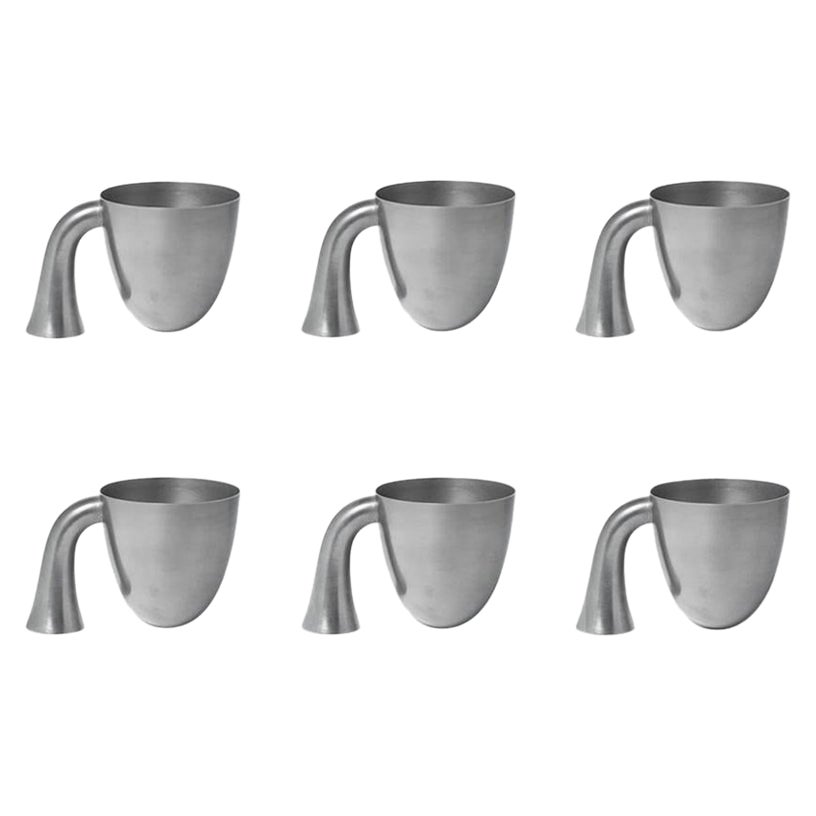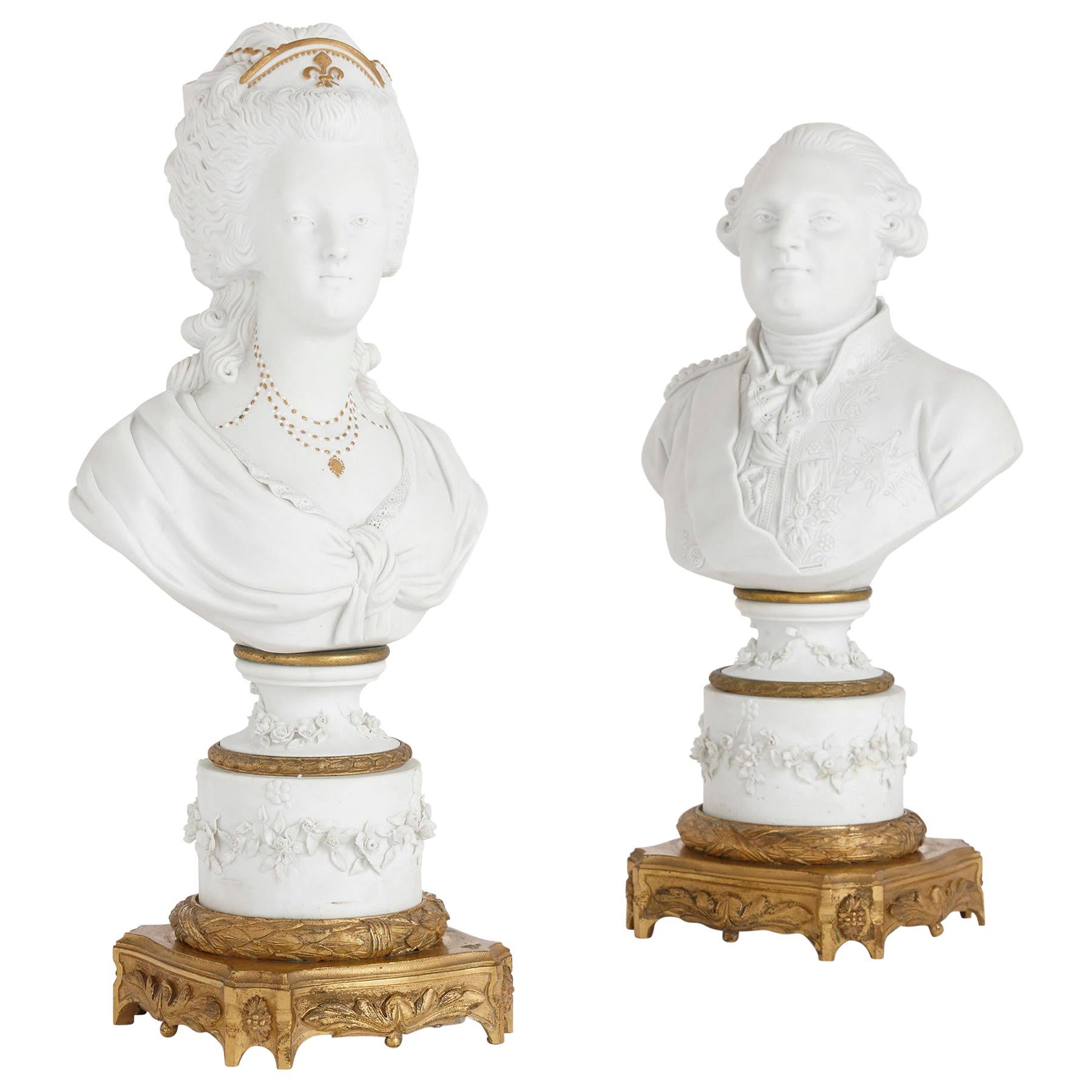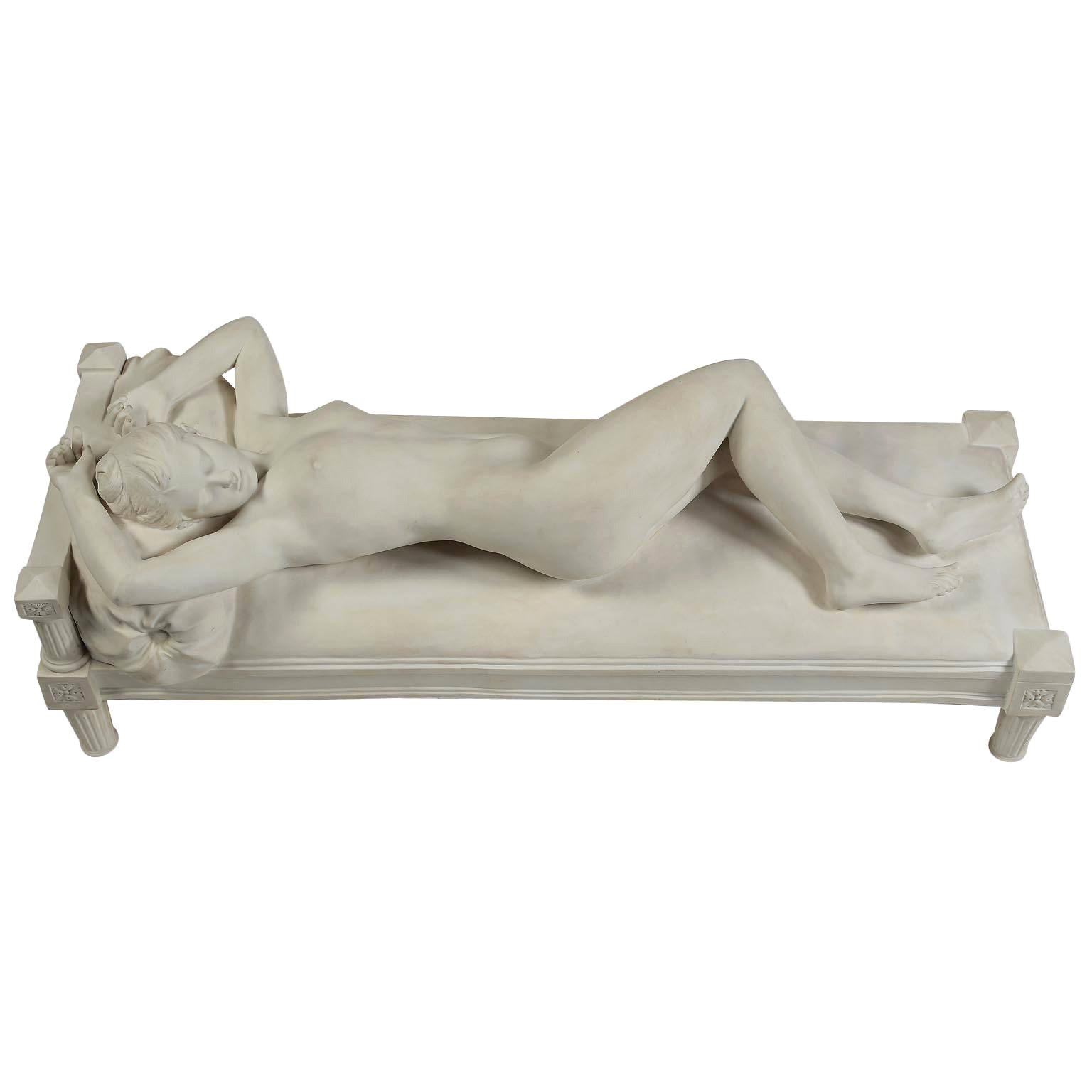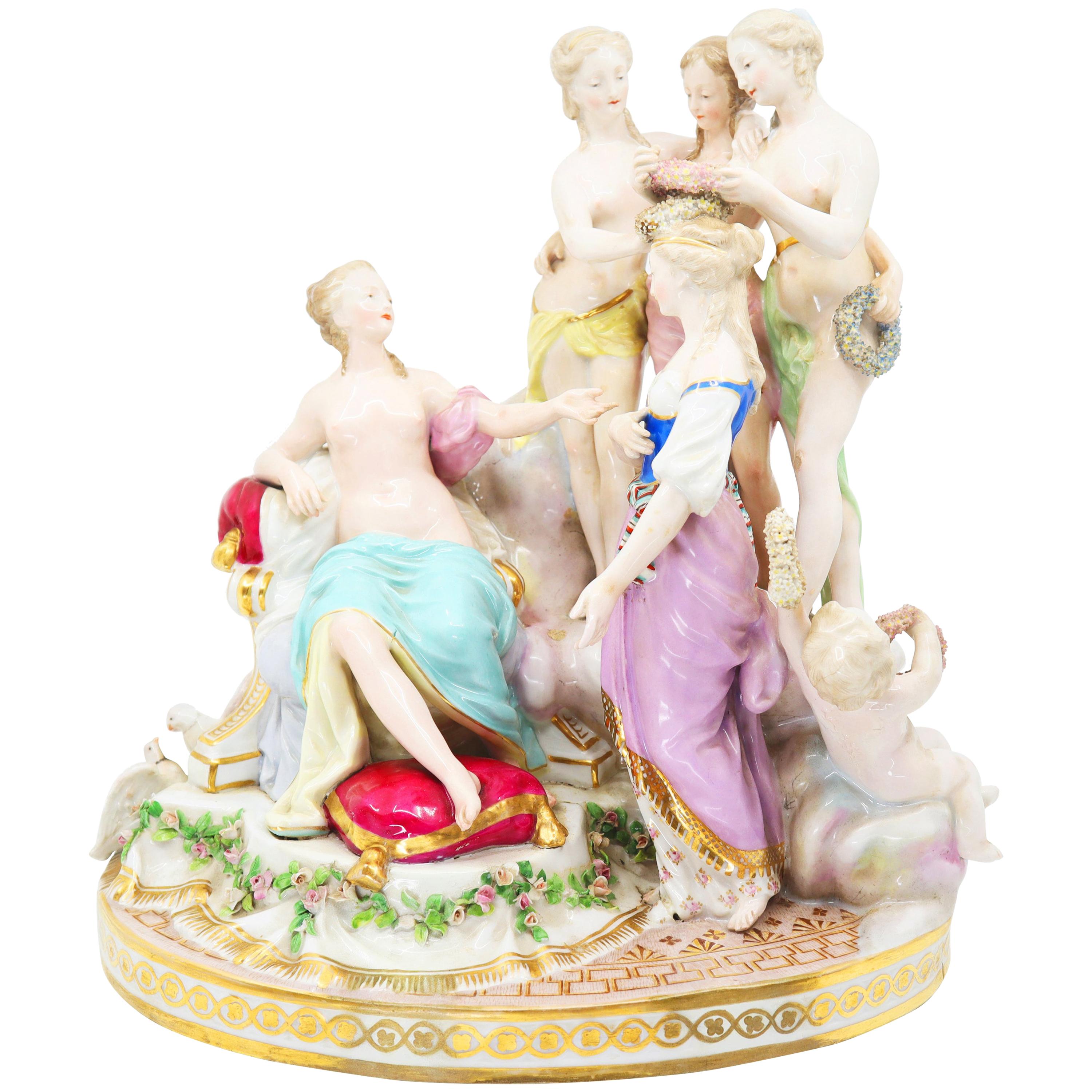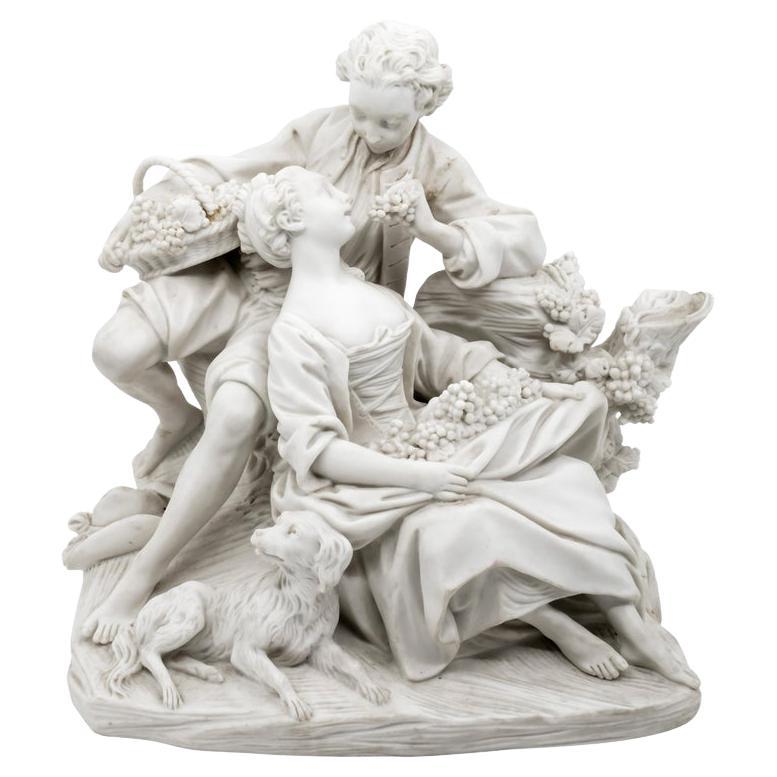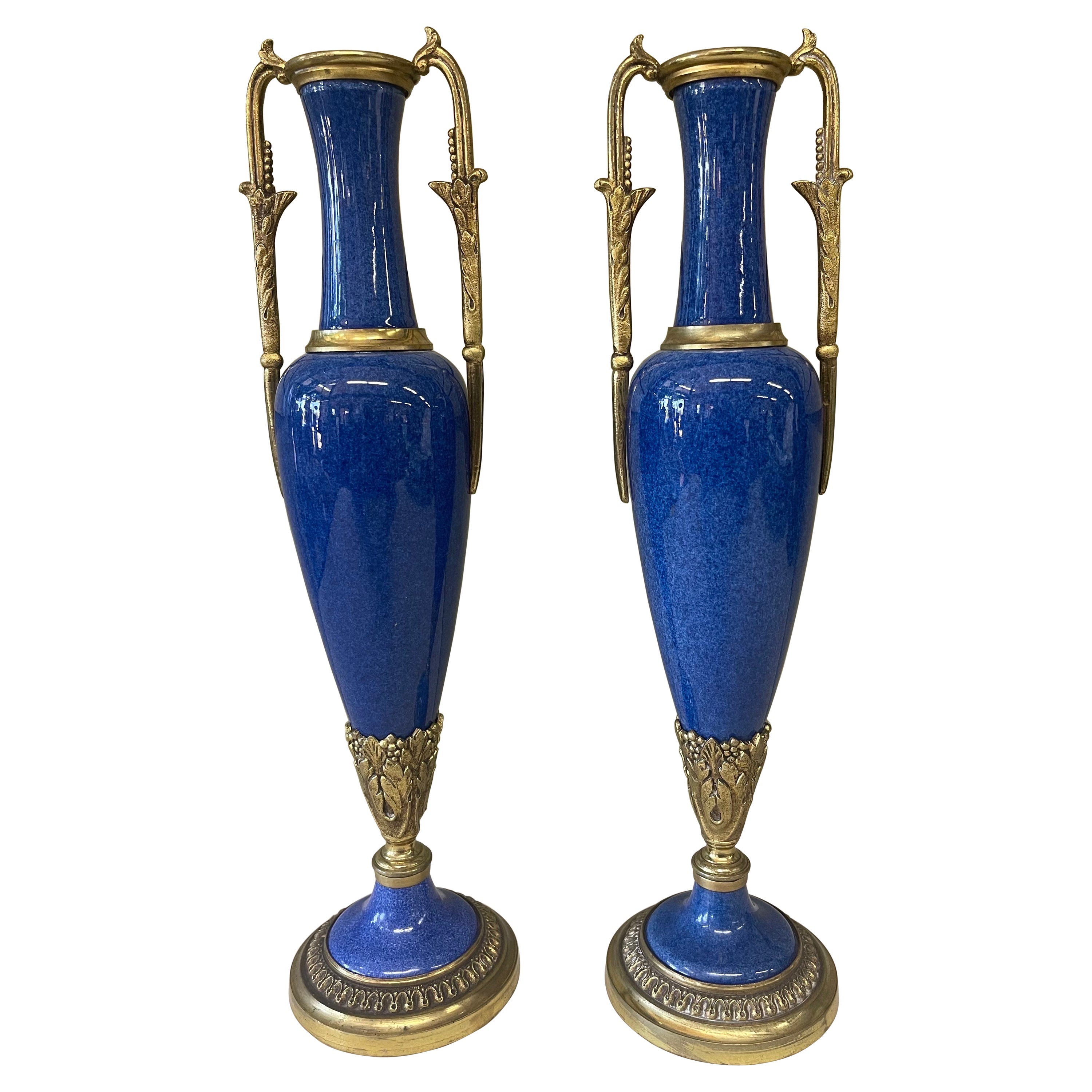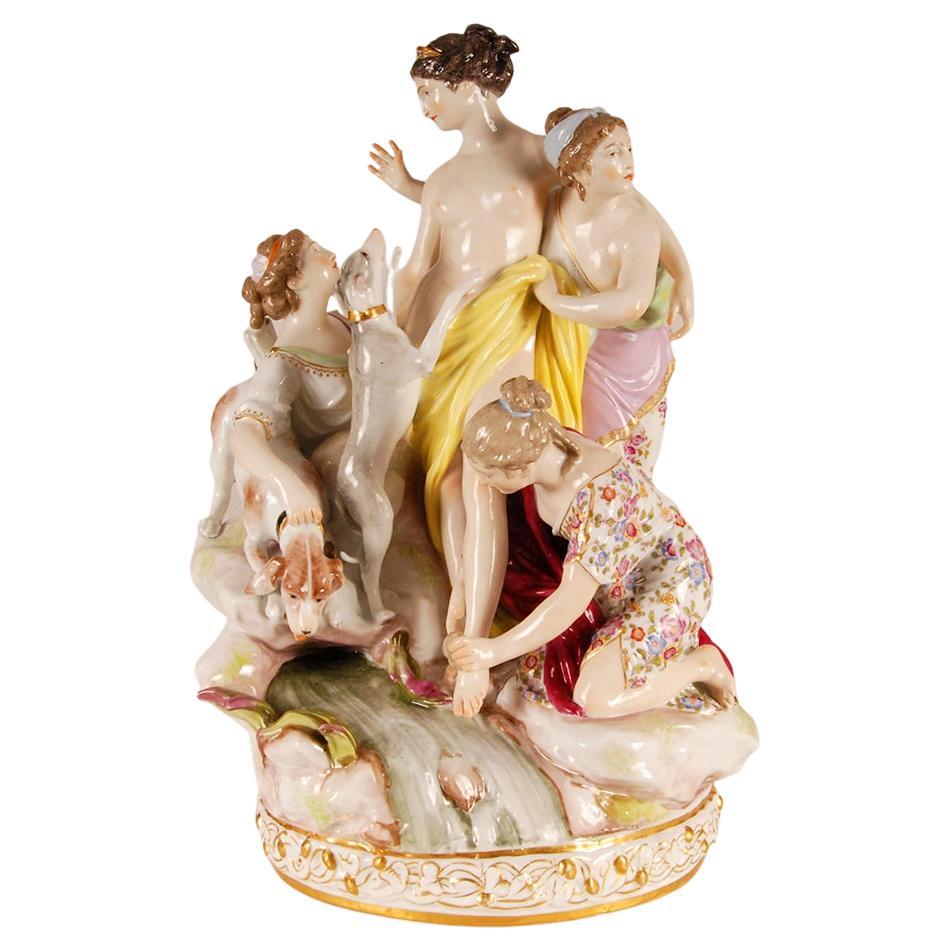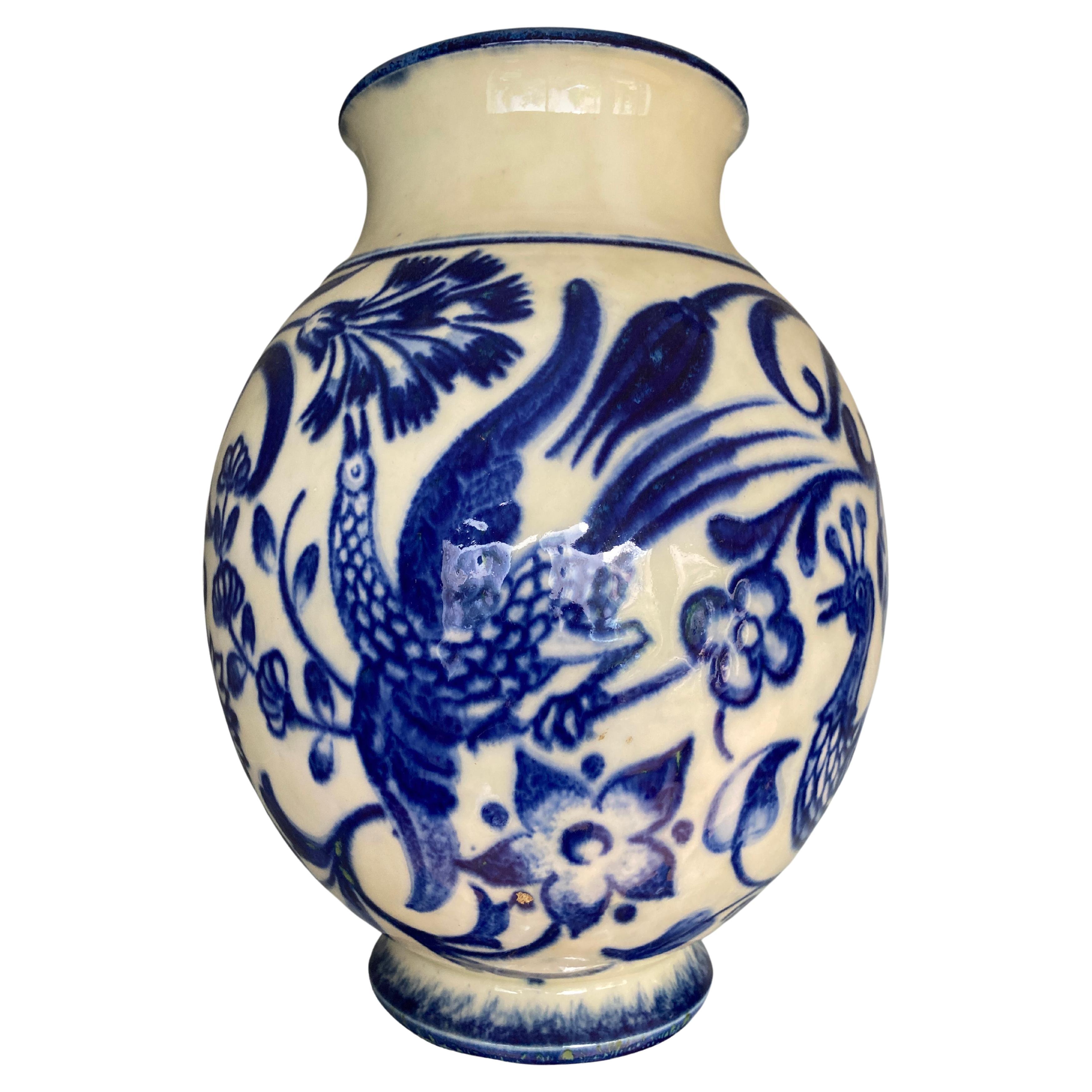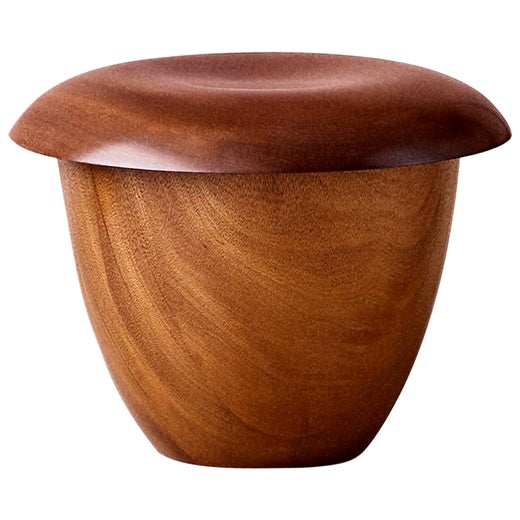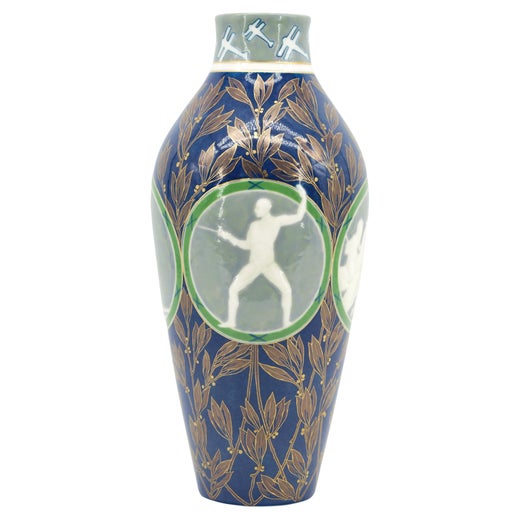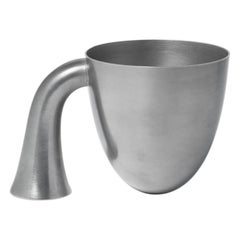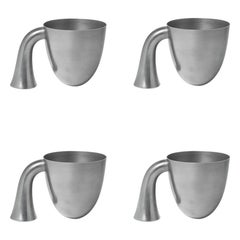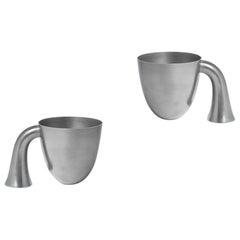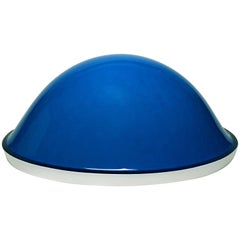
Blue Porcelain "Dôme" by Aldo Bakker for Sèvres, Edition of 8
View Similar Items
Blue Porcelain "Dôme" by Aldo Bakker for Sèvres, Edition of 8
About the Item
- Creator:Manufacture Nationale de Sèvres (Manufacturer),Aldo Bakker (Designer)
- Dimensions:Height: 8.08 in (20.5 cm)Width: 15.56 in (39.5 cm)Depth: 19.1 in (48.5 cm)
- Style:Organic Modern (In the Style Of)
- Materials and Techniques:
- Place of Origin:
- Period:
- Date of Manufacture:2014
- Production Type:New & Custom(Limited Edition)
- Estimated Production Time:24-25 weeks
- Condition:
- Seller Location:New York, NY
- Reference Number:1stDibs: LU1877312413511
Aldo Bakker
In Aldo Bakker’s sculptural console tables, seating and decorative objects, the Dutch designer prioritizes form over function and increasingly blurs the lines between art and furniture.
Bakker began to craft jewelry and models for his parents in 1987. His father is Gijs Bakker, the designer and cofounder of Droog, and his mother is Emmy van Leersum, the avant-garde jewelry maker who collaborated with her husband on monumental collars, bracelets and headpieces that set the fashion world atwitter in the 1960s and ’70s. With no formal training — he dropped out of design school after mere months — Aldo evolved quickly as a designer, exploring sculpture and creating furniture, utensils and other home goods.
Bakker secured commissions for legendary Danish silverware firm Georg Jensen and took to studying artists of all mediums. He found inspiration in the work of composer Luigi Nono, painter Giorgio Morani and architect-designer Carlo Scarpa. He has spent months or even years producing drawings and models in his studio, refining ideas for a particular shape before deciding what sort of object it should be. Then, he usually partners with a craftsperson capable of making it in a specified material, like silver, glass, ceramic, wood or lacquer.
In addition to the work he’s done for Georg Jensen, Bakker has created pieces for Austrian jewelry company Swarovski, Danish design brand Karakter, French silversmiths Puiforcat and more. He has commanded attention at the Looiersgracht 60 and has had solo exhibitions at Atelier Courbet in New York, the Libby Sellers Gallery in London and the Villa Noailles in France and the Vivid Gallery in Rotterdam, among others.
Bakker’s work is held in the permanent collections of the Museum of Modern Art, the Philadelphia Museum of Art, Centre Pompidou, the Rijksmuseum and other institutions.
On 1stDibs, find Aldo Bakker tables, case pieces and storage cabinets.
Manufacture Nationale de Sèvres
A maker of exemplary European ceramics for hundreds of years, Manufacture Nationale de Sèvres has produced porcelain of the highest quality since 1740.
The factory enjoyed royal patronage from its earliest days, and its most prominent patrons in the late 1700s — King Louis XV of France and his mistress, Madame de Pompadour — commissioned some of the period’s most elegant and striking pieces (only the truly wealthy could afford porcelain at this time). The company was originally established in Vincennes but was moved at the request of Madame de Pompadour, in 1756, to Sèvres, near Versailles, so that its operations would be closer to her château.
Sèvres became a mighty and much-revered factory working under a special grant from King Louis XV — the company’s owner as of 1759 and whose abundance of orders for special state gifts put financial strain on the company. Madame de Pompadour is said to have commissioned Sèvres to create an entire indoor garden of porcelain botanicals, for example.
While Sèvres gained a sterling reputation for its soft-paste porcelain wares, the company was late in entering into the production of hard-paste porcelain.
Hard-paste porcelain is the most common type of Chinese porcelain, then a widely exported and profitable product that was not made in Europe until the 18th century. The resources at Sèvres were largely relegated to meeting the demands of Louis XV, and secondly, it did not acquire the secret formula for hard-paste porcelain until 1761.
Until it obtained the coveted secrets behind hard-paste porcelain from a chemist named Pierre-Antoine Hannong — and, years later, gained access to the elusive raw materials to make hard-paste porcelain — Sèvres produced soft-paste porcelain for decades that was widely celebrated but is comparatively a far weaker type as opposed to the hard-paste productions of the company’s rival, Meissen, in Saxony, the first to produce true porcelain outside of Asia.
The artisans at Sèvres applied the rarest and most difficult-to-produce colors to their decorative objects and dinner services. One such color, the bright bleu de roi, became the manufacturer’s signature shade and is found on many of their objects. Sèvres also experimented with rarely glazed or unglazed works that bore no decoration at all — bisque porcelain, French for “biscuit,” refers to unadorned white porcelain sculptures made at Sèvres that resemble white marble after being kiln-fired.
Sèvres marks were applied over the glaze or rendered with cuts by a sharp tool — authentic Sèvres porcelain is most commonly marked with two interlaced Ls that are painted in blue and enclose a third letter. Painters and potters were tasked with affixing marks to record their role in the creation of a particular piece, and as a lot of these artisans’ names are recorded in archival factory materials — and there is also much to be learned at the Sèvres museum — it’s likely that you can accurately identify your Sèvres piece.
Find antique and vintage Manufacture Nationale de Sèvres vases, urns, sculptures and more on 1stDibs.
You May Also Like
2010s Danish Mid-Century Modern Vases
Tin
2010s Danish Mid-Century Modern Vases
Tin
2010s Danish Mid-Century Modern Vases
Tin
2010s Danish Mid-Century Modern Vases
Tin
2010s Danish Mid-Century Modern Vases
Tin
Antique 19th Century French Louis XVI Busts
Ormolu, Bronze
